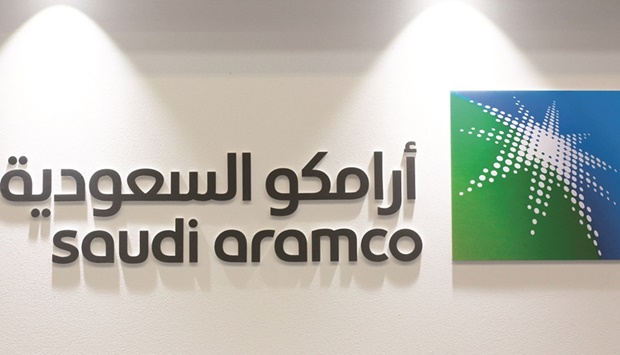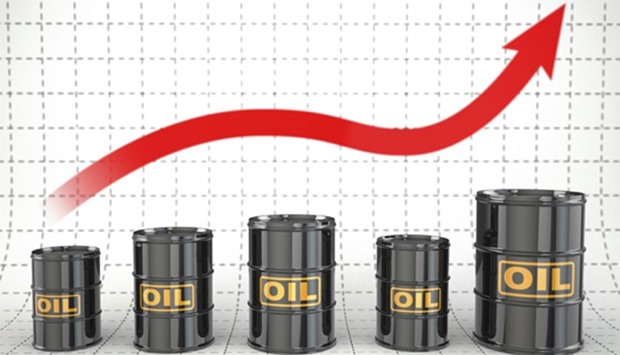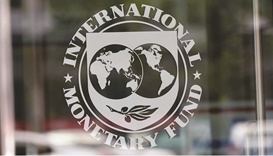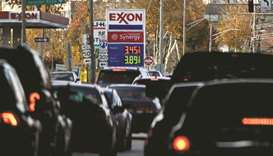LA DOTE ENERGETICA DELL’IRAN TORNA A FAR GOLA AI MERCATI

Roberto Bongiorni – Il Sole 24 Ore Sabato 12 Febbraio 2022– N.42
E se una mano per alleggerire in futuro la dipendenza energetica europea dalla Russia, e raffreddare oggi le quotazioni del greggio, arrivasse proprio dal Paese più sanzionato di tutti?
In questi giorni gli occhi del mondo sono puntati su Vienna, dove è in corso l’8°round di negoziati tra il gruppo 5+1 e la delegazione iraniana sul programma nucleare. È un momento cruciale. I progressi compiuti da Teheran nel processo di arricchimento dell’uranio hanno posto gli Stati Uniti davanti a un bivio; o si conclude un accordo entro febbraio, o poco dopo, oppure sarà troppo tardi.
I mercati del petrolio sono in trepidazione. Se dovesse venire riconfermato il Jpcoa, l’accordo firmato nel luglio 2015, verrebbero rimosse le sanzioni. La riconferma del Jpcoa raffredderebbe subito i prezzi del greggio, oggi sopra i 90 dollari al barile.
D’altronde la dote energetica dell’Iran è invidiabile. Possiede le seconde riserve di gas naturale al mondo e le terze di petrolio. Quando, a inizio 2016, vennero rimosse le sanzioni internazionali contro Teheran, l’Iran sorprese il mondo aumentando in tempi molto più rapidi delle attese la sua offerta di greggio. In 12 mesi l’export più che raddoppiò a due milioni di barili al giorno (mbg). Poi arrivò la doccia fredda: l’8 maggio del 2018 il presidente americano Donald Trump decise di uscire abbandonare il Jpcoa. Le “sanzioni più dure di sempre”, volute Trump, assestarono un durissimo colpo sulle vendite iraniane di greggio. Prima del maggio 2018, l’Iran arrivò a produrre un picco di 4,8 milioni di barili al giorno, esportandone circa tre. Nel 2019, quando si abbatté la scure delle sanzioni, l’export crollò, precipitando nel febbraio 2020 a 400mila barili al giorno, il livello più basso da 30 anni. Oggi la situazione si ripete. Ma lo scenario in cui avviene è diverso. Il prezzo del barile sta puntando ai 100 dollari. Sul mercato europeo, le quotazioni del metano, che in alcune circostanze seguono in parte quelle del greggio, sono quintuplicate in soli sette mesi.
LA DOTE ENERGETICA DELL’IRAN TORNA A FAR GOLA AI MERCATI
La futura ricchezza dell’Iran è invece il gas naturale. L’Iran galleggia su un mare di metano; ha le seconde riserve mondiali. Condivide con il Qatar il giacimento più grande al mondo, South Pars, nelle acque del Golfo Persico. Il Qatar lo sfrutta da tempo ed è divenuto il primo produttore mondiale di gas naturale liquefatto (Lng). L’Iran ne sfrutta solo una minima parte. Nel corso degli anni, nonostante le sanzioni, Teheran è comunque riuscita ad aumentare la produzione di metano, spesso associata all’estrazione di greggio. Ma ne ha esportato molto poco. La gran parte è destinata al mercato interno, dove i consumi sono in costante crescita. Il 73% dell’elettricità prodotto in Iran, Paese da oltre 80 milioni di abitanti, è ricavata proprio dal gas.
Per l’Iran il gas naturale liquefatto è la via più facile, più rapida e più redditizia, spiega da Doha Roudi Baroudi, esperto di energia ed autore di studi sui gasdotti mediterranei. «L’Iran ha realizzato una serie di gasdotti con la Turchia e l’Iraq (Nel 2020 Iraq e Turchia hanno rappresentato rispettivamente il 64% ed il 33% delle esportazioni iraniane di metano, Ndr) – continua Barudi -. Per raggiungere l’Europa dovrebbe aumentarne la capacità e costruire nuove tratte. In una regione tuttavia estremamente instabile. L’Lng è molto più flessibile».
Nell’Iran settentrionale potrebbe aprirsi un potenziale nuovo corridoio. In agosto il ministero dell’Energia ha infatti ufficializzato la scoperta del più grande giacimento di gas naturale nel settore iraniano del Mar Caspio. Il campo Chalous potrebbe così contribuire alla realizzazione di un nuovo hub del metano nel nord dell’Iran.
Certo, in ogni caso Tehran non potrà prescindere dagli investimenti stranieri. «L’Iran non può fare a meno della tecnologia che solo le compagnie occidentali possono offrire. Ci vorranno investimenti per 60 miliardi di dollari. Si potrebbe rimettere in vita l’accordo con Total», continua Baroudi. Nel 2017 fu proprio la compagnia francese ad essere la prima major a firmare, dopo la rimozione delle sanzioni, un accordo da cinque miliardi di dollari con la National Iranian Oil Company per lo sviluppo e la produzione della fase 11 di South Pars.
Se tutto andrà liscio, ci vorrà comunque del tempo prima che il gas iraniano potrà raggiungere le coste europee. «Prima occorre incrementare la produzione a South Pars. Ci vogliono da uno a tre anni. Poi servono altri 12-24 mesi realizzare gli impianti per liquefare il gas e acquistare le navi per trasportarlo », conclude Baroudi.
Se venisse raggiunto un accordo a Vienna, sul breve termine il greggio iraniano potrebbe dunque raffreddare le quotazioni attuali. Mentre nell’arco di qualche anno il gas di Teheran potrebbe contribuire a diversificare gli approvvigionamenti europei permettendo a Bruxelles di ridurre la dipendenza dalla Russia. Nello scenario peggiore – un’invasione russa dell’Ucraina e un mancato accordo sul nucleare – gli Usa imporrebbero sanzioni energetiche sul primo produttore mondiale di greggio e gas, e manterrebbero al contempo quelle su uno dei primi cinque esportatori di greggio (con le seconde riserve di gas). L’America possiede gas e greggio in abbondanza per soddisfare la domanda delle sua industria. Chi ci rimetterebbe sarebbero proprio i Paesi europei, Italia in testa.








